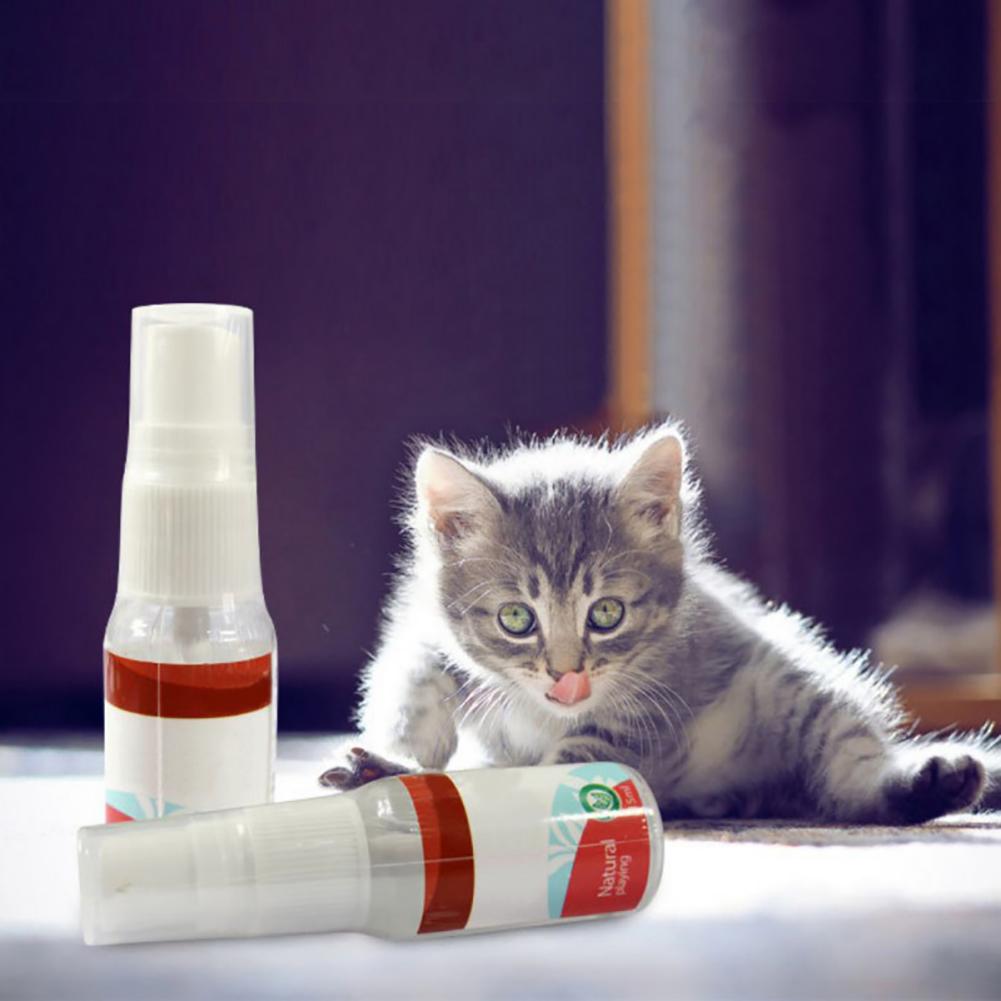
Catnip & Cats: How It Works & Ways to Use It
There’s no question that cats are one of the most popular choices for a pet. In fact, according to a national survey by Animal Medicines Australia around 27% of household in Australia have these cute, furry felines as a live-in friend. Being malicious at times – laying across your keyboard while you’re working or slamming things on your table with no specific reason – that’s only a small part of cats’ unique character we love so much.
So, did you too decided to open up your home for a playful kitty? Welcoming a new cat can be exciting and stressful at the same time, which is why you need to prepare well and get the right accessories for kittens. And while acquiring a bed, litter box and snacks is obvious when welcoming a cat, many fail to consider getting some catnip. It takes some time until cats begin to trust you and feel at home, and catnip might be just what you need to ease this transition.
What Is Catnip?
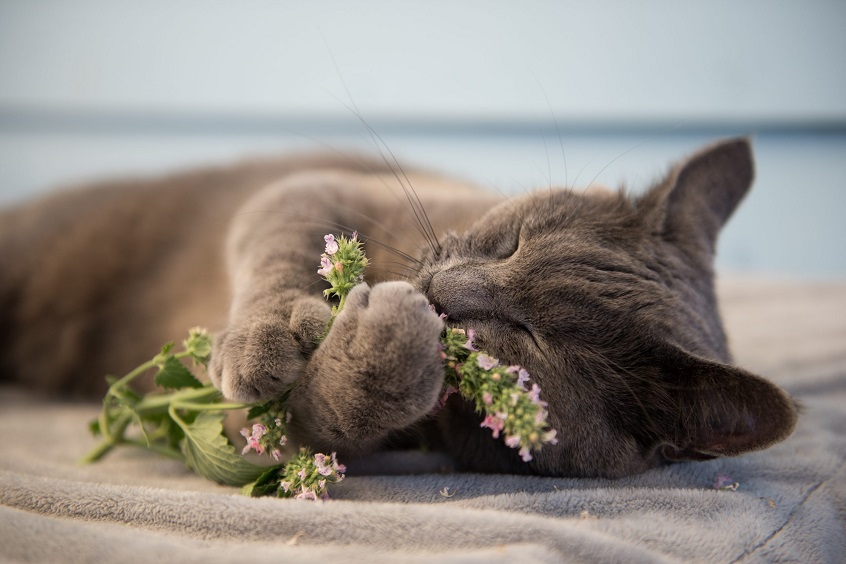
Catnip, catmint or catwort. However you call it, seems that lions, tigers, panthers and your common domestic tabby like this fragrant herb very much. Widely naturalised in northern Europe, New Zealand and North America, this minty herb has feather-like, mint light green leaves and lavender flowers. Research shows that cats – big and small – adore catnip. But why do they like it so much? Is catnip safe? And what are the best ways to introduce catnip to your kitten?
How Does It Work?
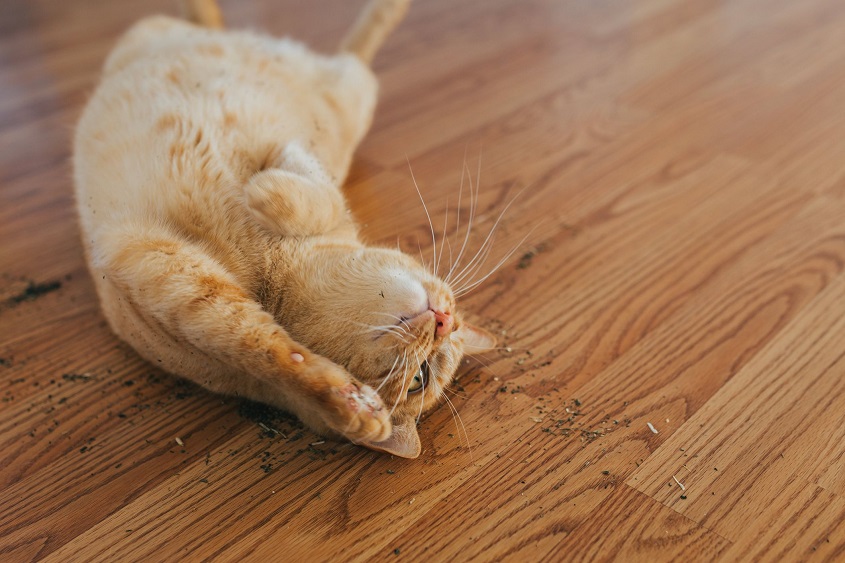
Cats have a scent organ called the vomeronasal gland in the roof of their mouth, which collects the scent from the nose and mouth and carries it to the brain. The substance found in catnip leaves called nepetalactone triggers this gland, unlike any other scent, causing a variety of behavioural reactions in cats.
The most intense catnip experience starts with the nose, with one whiff of this herb your cat will start behaving differently. These behaviours include signs of affection, relaxation and happiness. Some cats may display active behaviours like playfulness. After the initial “go crazy” stage that lasts usually for 10 minutes, catnip has a calming effect. That being said, if you plan on travelling with a cat, you can sprinkle or spray some catnip inside the carrier or on a toy just before you take off to keep it calm.
Cats generally have a positive experience with catnip. I can help them overcome anxiety and alleviate pain. Some experts recommend catnip for cats with separation anxiety when the cat needs to stay home alone for a long period of time. Not all cats will respond to catnip according to research, but about 80 % of cats have a positive behavioural reaction to this herb. And considering how it has no known negative effects, it may just be worth a try.
Best Ways to Use It
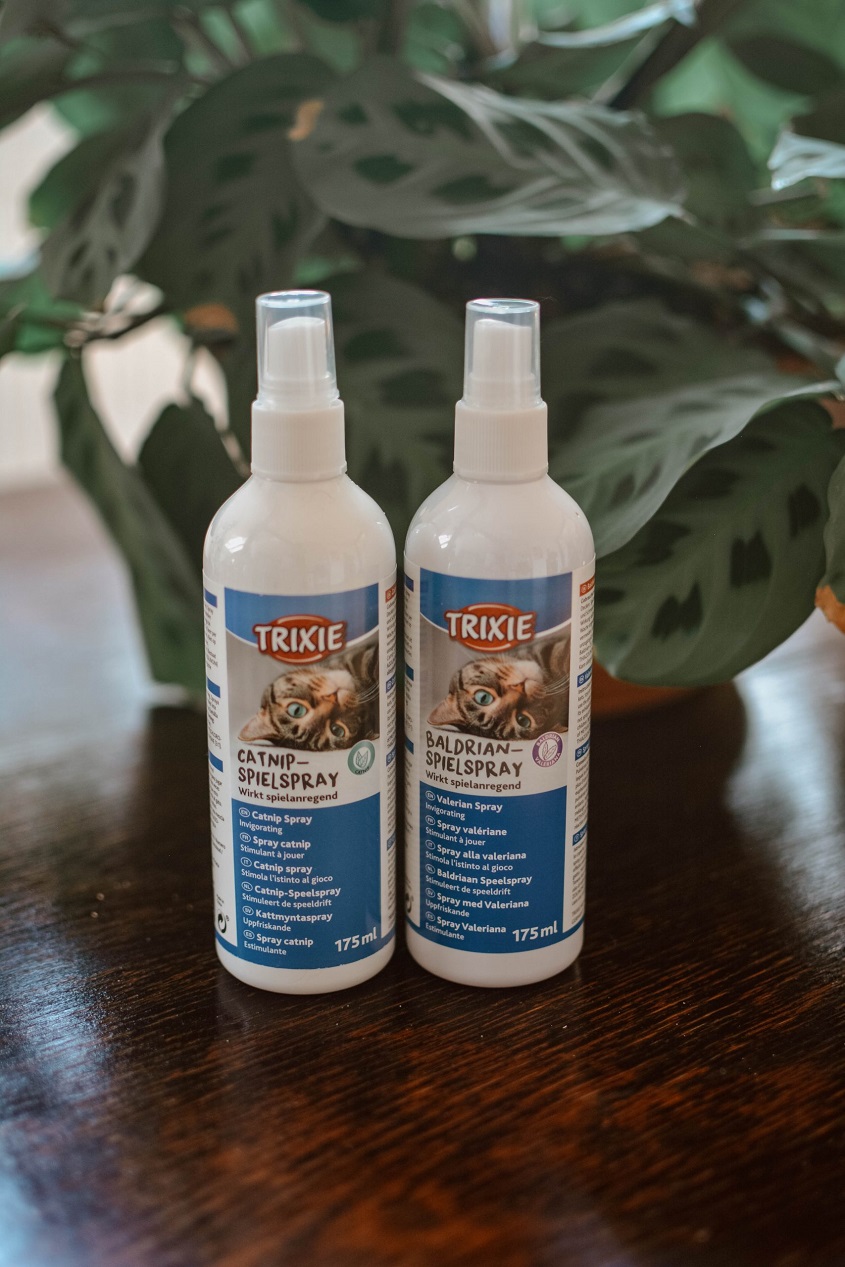
Catnip kitty accessories commonly come in the form of sprays, fresh and dried catnip and stuffed toys. Although potent, many owners don’t like sprinkling dried catnip around their home as it can make it look messy. Additionally, dried catnip also needs proper storage. Catnip tends to lose effectiveness over time, so it’s recommended to be stored in an airtight container in a dark and cool place to retain maximum freshness.
That’s why a catnip spray might be a worthy addition to your arsenal of accessories for kittens. Sprays are made of concentrated catnip oil and this non-addictive and harmless solution provides your cat with maximum fun. The spray is an easy way to add the catnip scent to any item. It’s the cleanest options for adding to kitten accessories, allowing you to spay it over toys, the cat’s bed, scratching posts, cat condos without any stains or visible signs.
You can also use it on anything else or any location you want to attract your feline friend to. In that way, you can guide your cat’s attention to particular spots of the house and save your perfect living room furniture which can often fall victim to a kitten’s playfulness.
And then, there are some cats which love fresh catnip. Fortunately for your kitty, catnip is easy to grow in a container placed at a sunny window. You can even go so far and create your own kitty garden. Find unique plant pots and grow catnip, wheat, oat, rye or barley grass. Not only will your kitty enjoy this, but having its own kitty garden will keep it out of yours. When growing catnip, remember that like most mints, it’s a vigorous, invasive grower. So, keep it away from your precious garden beds.
How Much Catnip Can a Cat Have?
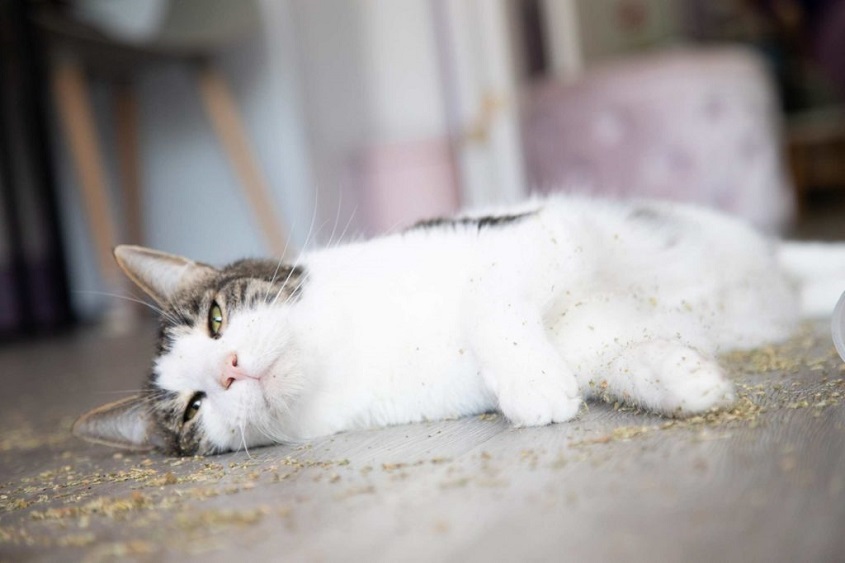
Too much of anything is not good, and the same goes for catnip. Catnip overdose may cause health problems in cats such as vomiting, diarrhea, dizziness and even trouble with walking.
Use just a little at a time and don’t give it too often to your cat. It’s recommended to be used every two weeks so your cat doesn’t become addicted to it or desensitized. Because all cats are different, you need to find the frequency that works the best for you and your feline friend. If you notice that your cat becomes cranky, take away all the objects you sprayed and try another time. In case your cat always responds negatively to catnip, you may want to stop using it altogether.


No Comments